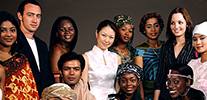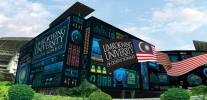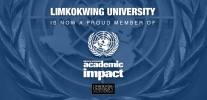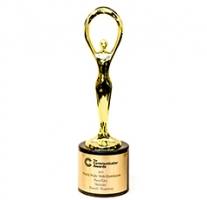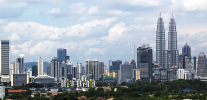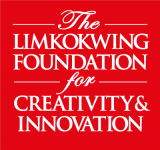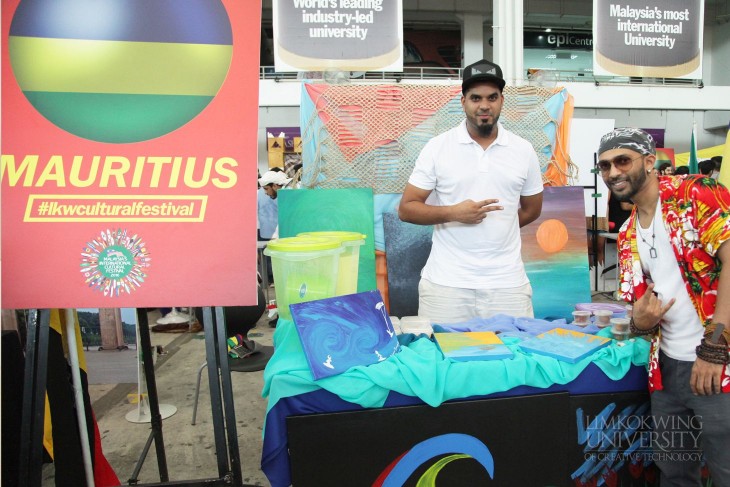
Mauritius has a diverse and rich culture that distinguishes it from other islands. The island is made up of different customs and traditions of those who, during the last 400 years, have settled on its shores.
People of Mauritius
Mauritians are multiethnic, multireligious and multicultural due to African, Dutch, European and Chinese influences. The country has a population of about 1.3 million people which is divided into four main ethnic groups, namely Indo-Mauritian, Creole, Sino-Mauritian and Franco-Mauritian.
English is the official language of Mauritius. Creole is spoken by 86.5% of the population, Bhojpuri by 5.3%, French 4.1%, and other 3.6%.
Hinduism is the main religion in Mauritius and it is practiced by 48.5% people followed by Christianity at 31.7%, Islam 17.3%, and Buddhism 0.43%.
Cuisine
The ethnic diversity of Mauritius is reflected in its cuisine. With its variety of flavours the food mirrors influences from France, Africa, Mughlai, India and China.
Local spices constitute a major part of Mauritian cuisine. The most basic and common ingredients used in Mauritian recipes are tomatoes, onions, ginger, garlic and chilies, curries and rougailles. Dishes are usually served with rice, lentils and beans which are included in everyday meals.
As Mauritius is surrounded by the sea, seafood dishes are typical to the country’s cuisine. Dholl Puri (stuffed flatbread) and Roti are dishes mainly found in city centres and offered by many street stalls.
Literature
Even though Creole is the majority language in Mauritius, the country’s literature is written in French. Some authors write in English, Bhojpuri and Hindi.
Important authors include Malcolm de Chazal, Ananda Devi, Raymond Chasle, Loys Masson, Marcel Cabon, and Edouard Maunick. Khal Torabully – a poet and critic, is famous for his “coolitude” concept stemming from the blend of Indian and Mauritian cultural diversity.
The island plays host to the prestigious Le Prince Maurice Prize, a literary award celebrating and recognising ‘writers of the heart’. In keeping with the island’s literary culture the prize alternates on a yearly basis between English-speaking and French-speaking writers.
Economy
Mauritius’ economic transformation from a low-income, agriculturally based economy to a diversified, upper middle-income economy with growing industrial, financial, and tourist sectors started after it gained independence in 1968.
Sugarcane is grown on about 90% of the cultivated land area and accounts for 15% of Mauritius’ export earnings. Even though the economy relies on sugar, tourism, textiles and apparel as well as financial services, it is diversifying into fishing sector, information and communications technology, hospitality and property development. The government’s development strategy centres on creating vertical and horizontal clusters of development across all sectors, according to The World Factbook.
This article is part of a series highlighting the unique cultures featured in the recently concluded Limkokwing International Cultural Festival 2017.

